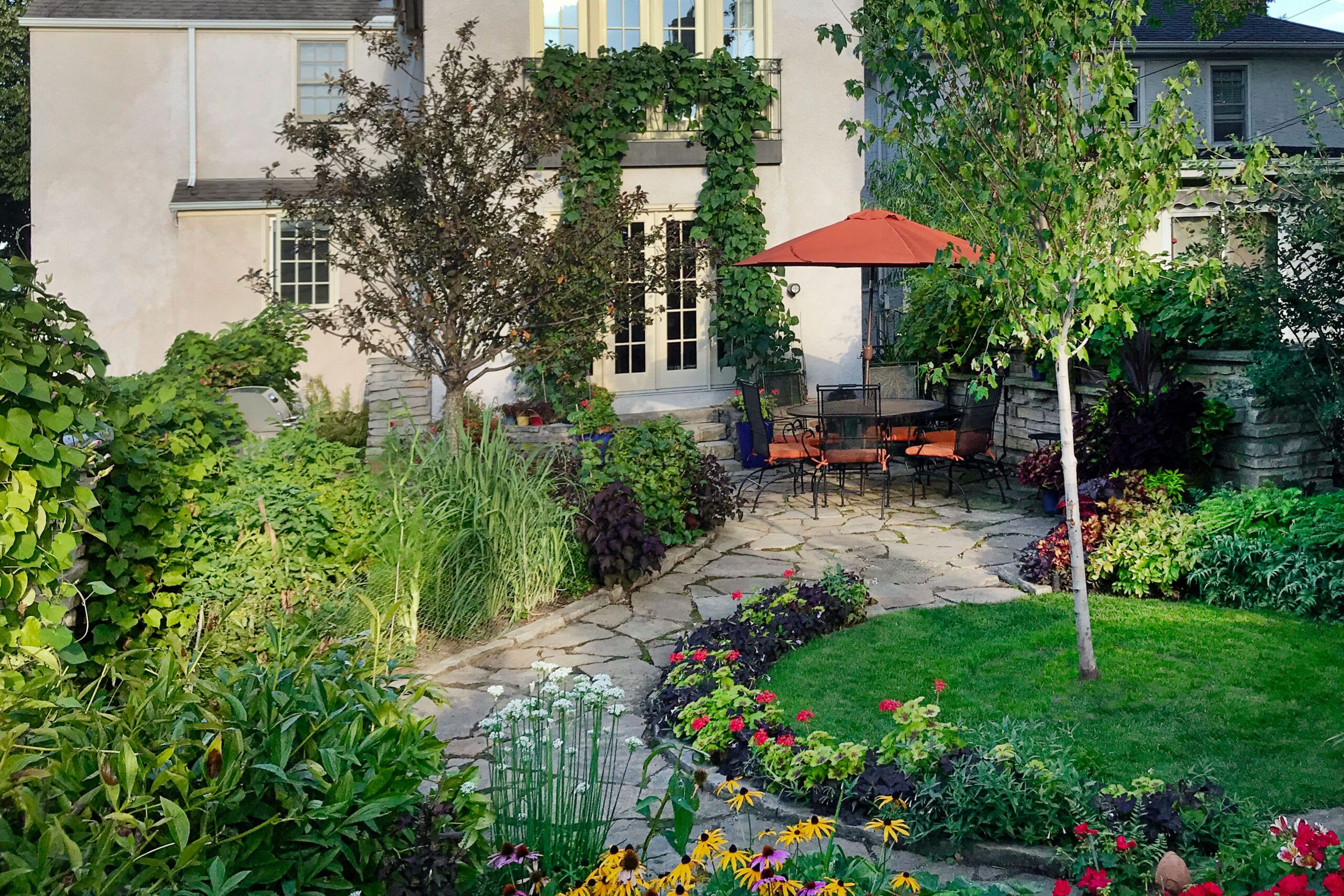We may be compensated if you purchase through links on our website. Our team is committed to delivering honest, objective, and independent reviews on home products and services.
Spring is the perfect time to transform your yard into a beautiful, functional outdoor space. Careful planning and hard work can create a yard that looks good and provides a relaxing retreat for you and your family. This guide walks you through essential steps to revitalize your yard, from soil preparation to plant selection and maintenance tips.
“Always work a season ahead,” says horticulturist Gail Read, who has spent decades tending the public gardens at Blithewold Mansion in Bristol, Rhode Island. “The prep work done in spring sets us up for a successful summer.”
Start by assessing your space and identifying areas for improvement. Consider factors such as sunlight exposure, drainage, and existing plants. Then, follow these expert tips to create the backyard of your dreams.
Prep Soil for a Greener Yard and More Flowers
Healthy soil is the foundation of a thriving yard. Check out our tips to improve your soil quality:
- Apply a 1-inch layer of compost, keeping it 6 inches away from plant crowns, to improve soil biology and water retention.
- Apply liquid aeration products to combat soil compaction.
- For lawns, consider using pelletized organic compost (about 40 pounds per 1,000 square feet) as an alternative to granular fertilizer. Alec McClennan, founder of Cleveland-based Good Nature Organic Lawn Care, suggests a spring application of liquid aeration, such as Aerify Plus or Biological Dethatcher, for battling soil compaction.
- Rotate crops in your vegetable garden to help maintain soil fertility and reduce pests.
- Use high-quality compost instead of commercial plant food for healthier plants. Mix it into planting holes and use it as a top dressing.
- Wait until the ground dries out before working the soil to avoid compaction.
Clean up and Trim Back the Yard for Healthier Plants
Timing is everything. Wait to shape plants that bloom on new growth—such as lilacs and mophead hydrangeas—until just after they’ve bloomed. Otherwise, you risk snipping off flower buds.
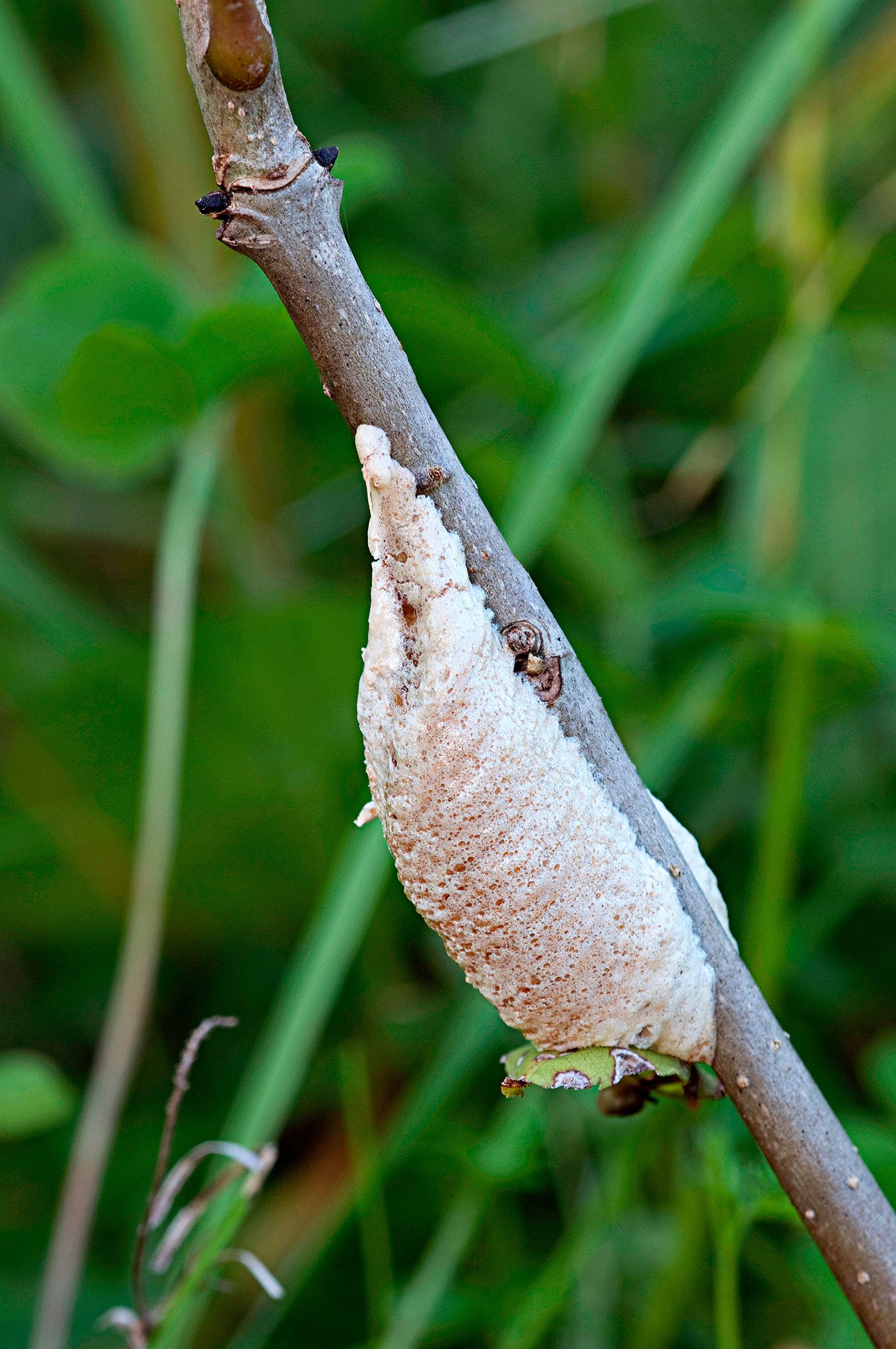
Proper pruning and cleanup are essential for plant health. Follow these tips:
- Prune soft-stemmed herbaceous perennials to a few inches above ground level.
- Rake away dead foliage, fallen branches, and leaf litter to reduce the risk of fungal diseases and pests.
- Remove damaged and diseased branches on woody shrubs, as well as any crossing branches.
- Avoid pruning more than a third of any plant in a single growing season.
- Consider leaving an undisturbed area for a few weeks of 70-degree weather to allow beneficial insects to hatch and pollinators to emerge from hibernation.
- Dispose of or compost plant debris properly to prevent the spread of diseases.
Make a Better First Impression With Your Yard
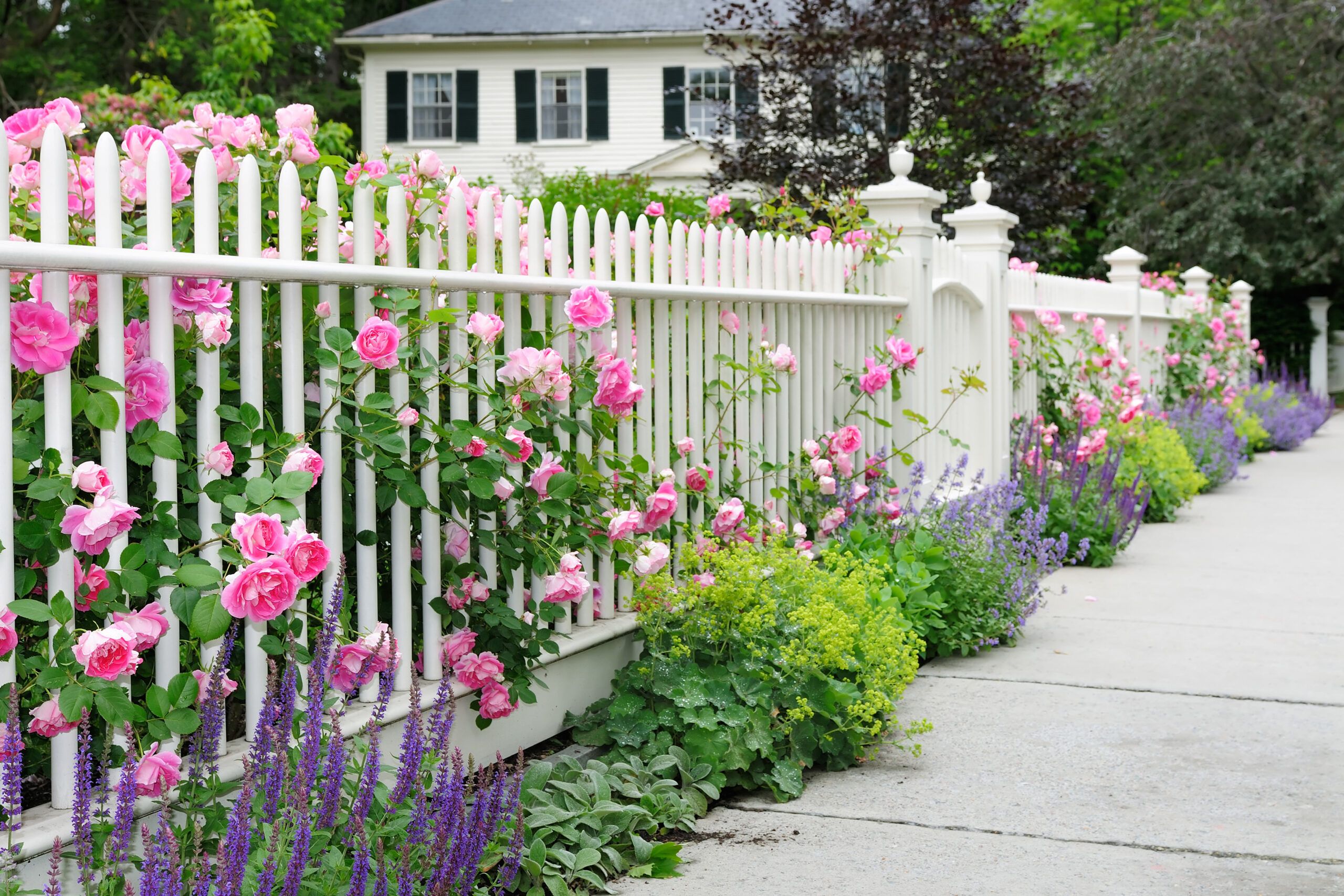
Enhance your yard’s curb appeal with these simple improvements:
- Add fragrant flowering vines to create a welcoming entrance.
- Create a clear, inviting path to your front door using stepping stones or pavers.
- Enhance your porch or entryway with planters filled with seasonal flowers.
- Give your garden gate a fresh coat of paint or replace it with a new one set in an arbor.
- Install new house numbers or update your mailbox for a polished look.
Minimize Weed Growth in Your Yard
To minimize weed growth, follow these tips from Seattle-area designer Robin Haglund:
- Plant garden beds thickly to leave no bare soil.
- Mulch generously with two to three inches of arborist chips until groundcovers fill in.
- Pull weeds before they self-sow.
- Avoid tilling, which can disrupt natural soil-building processes and stir up weed seeds.
- Apply nitrogen-rich corn gluten to your grass as a natural preemergent weed preventer.
- Keep cool-season grasses at least 3.5–4.5 inches tall to shade out weeds.
- Use landscape fabric in areas with heavy infestations to block sunlight from reaching weed seeds.
We recommend a stand-up weeder to reduce back strain. This hoe’s wide, narrow blade easily removes small surface weeds from moist soil. Standard collinear hoe with a 7-inch blade, $55, Johnny’s Selected Seeds.
Extend Your Yard’s Peak Bloom the Easy Way
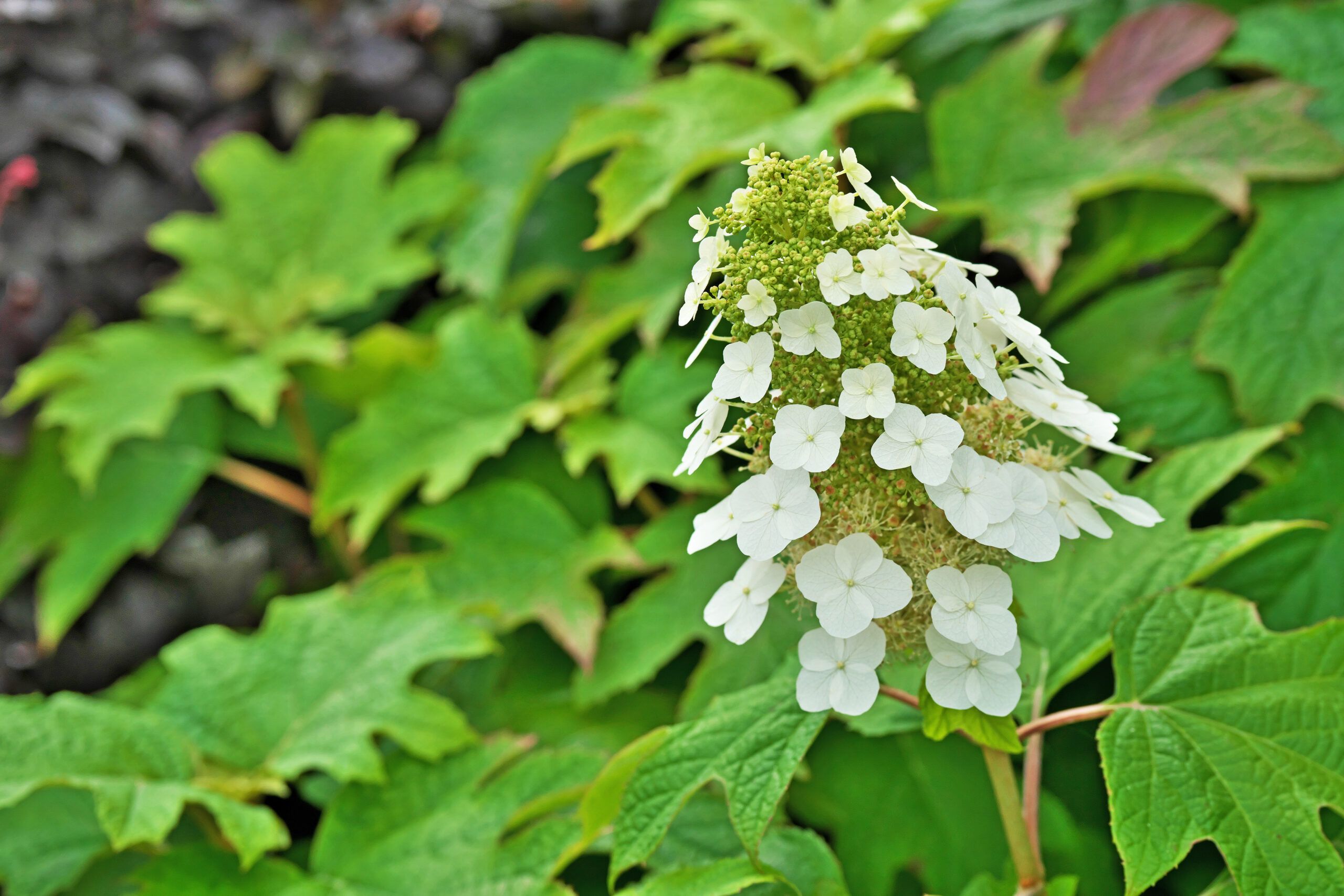
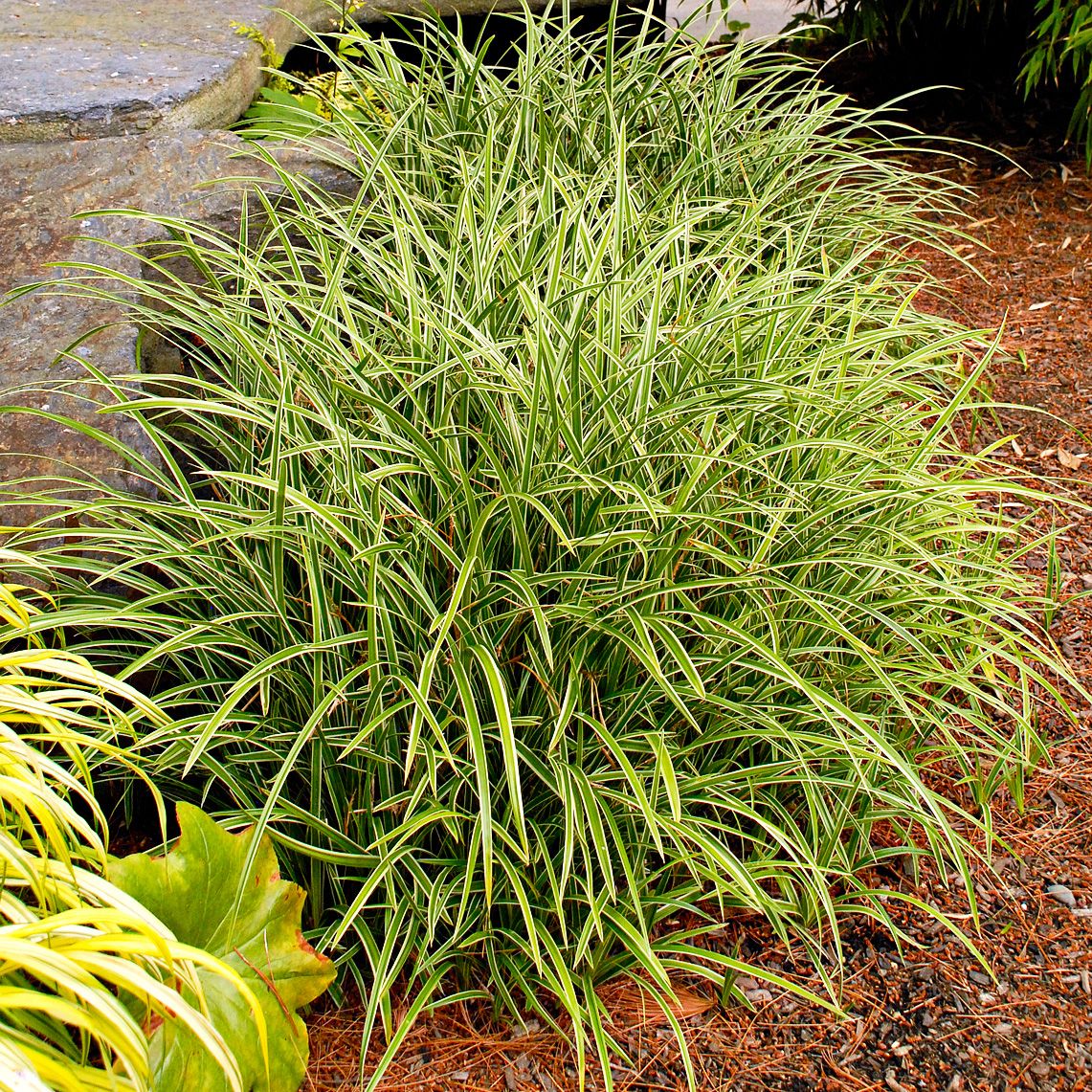
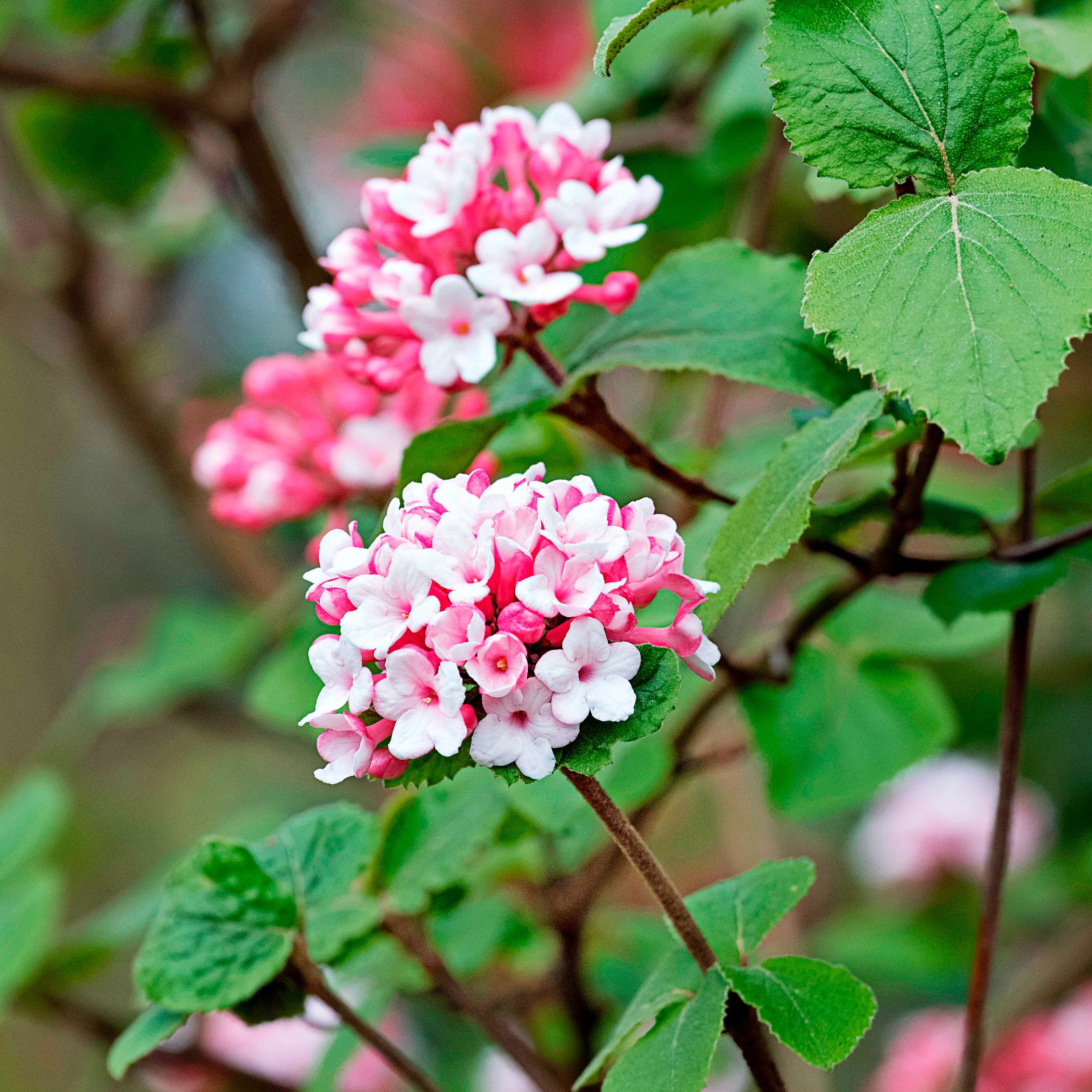
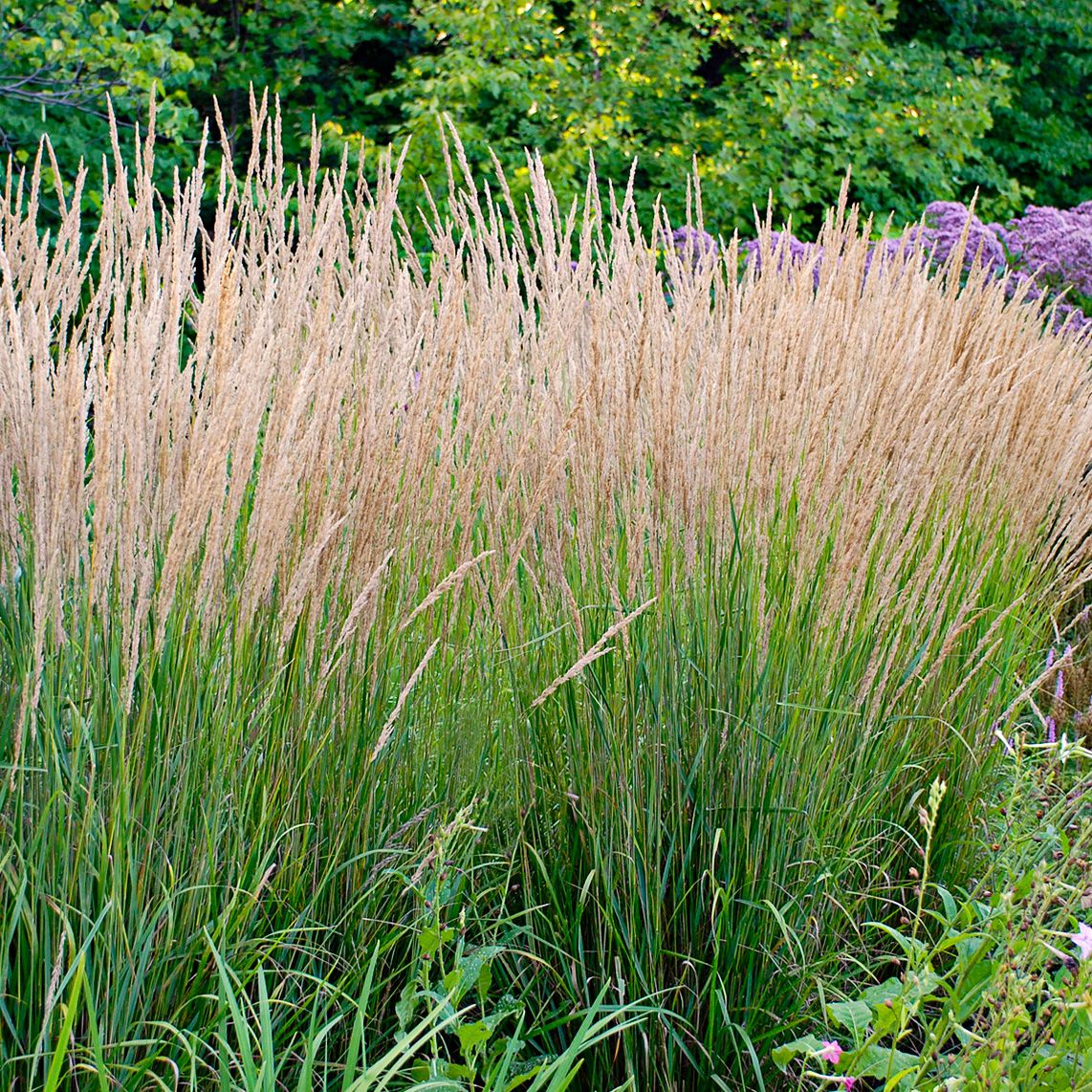
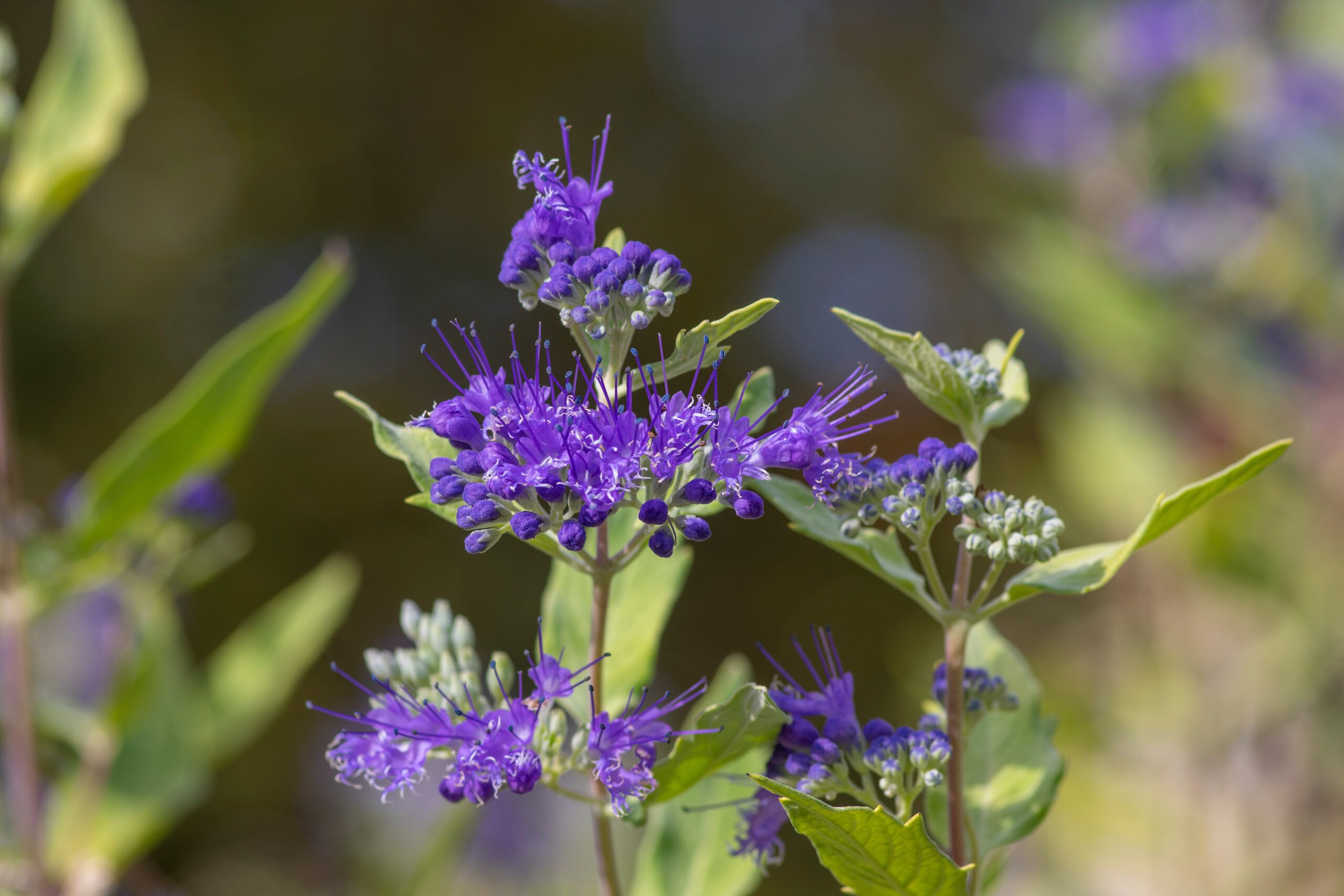
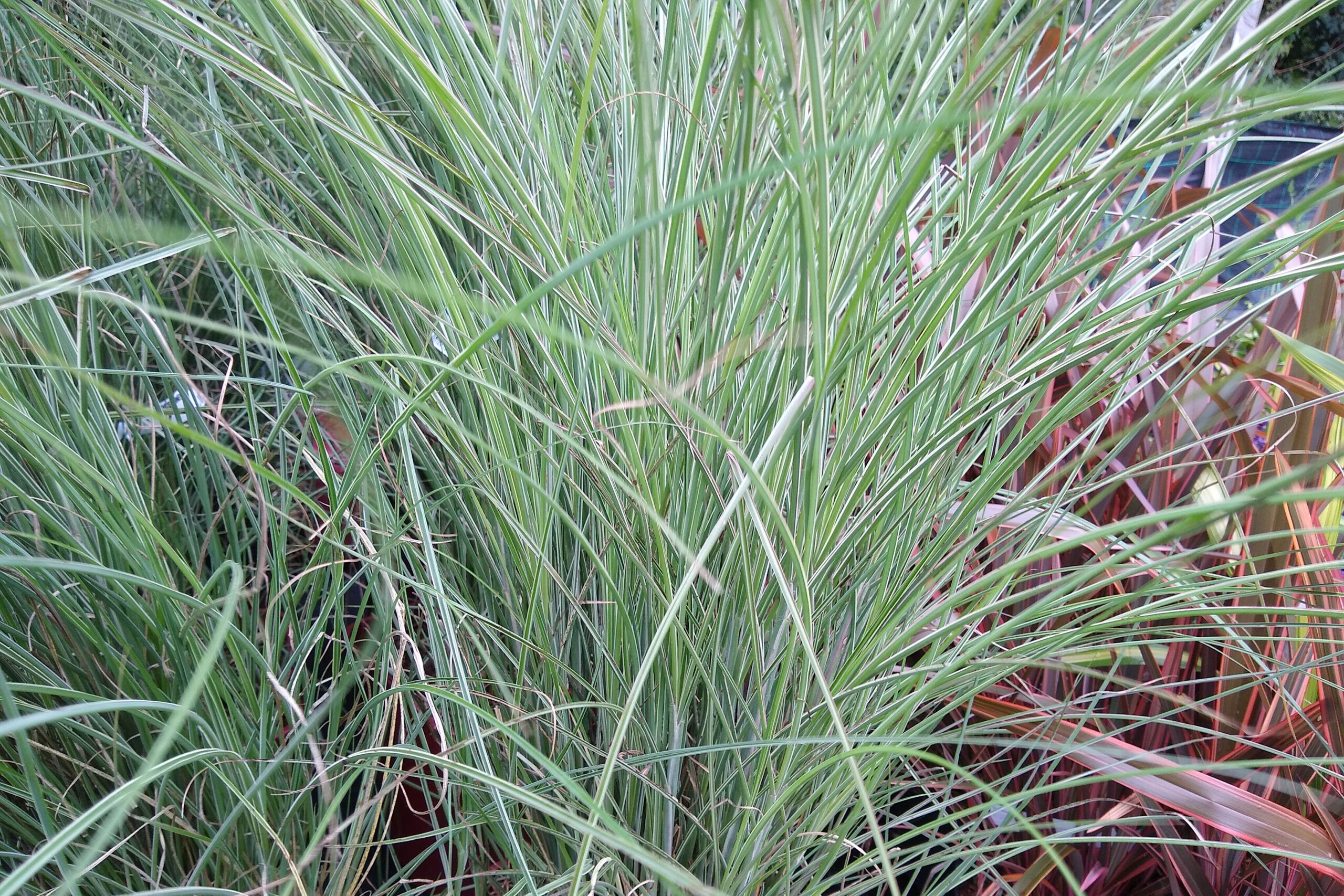
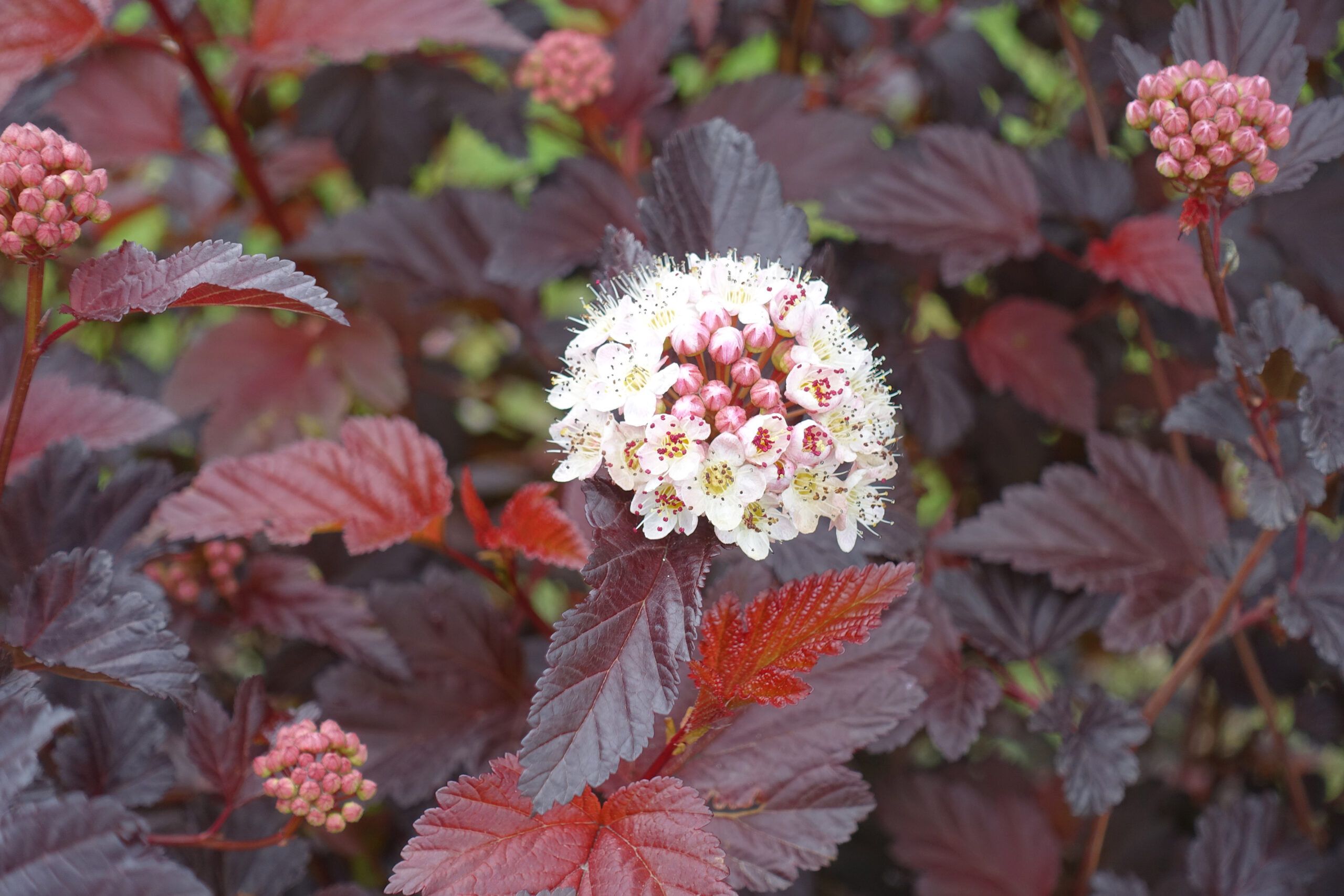







Create a low-maintenance, long-blooming garden by focusing on shrubs, ornamental grasses, and flowering perennials. Use the following tips:
- Use easy-care shrubs with three-season interest, such as Korean spice viburnum, oakleaf hydrangea, ninebark, and seven-son flower.
- Incorporate lower-growing shrubs such as ‘Longwood Blue’ Bluebeard, ‘Ogon’ spirea, and tender salvias.
- Mix in ornamental grasses such as ‘Morning Light’ miscanthus, ‘Karl Foerster’ feather reed grass, or carex groundcovers.
- Choose plants that require minimal pruning and deadheading for easier maintenance.
- Add a few annuals for bursts of color throughout the growing season.
Wean Off a Chemical-Dependent Lawn
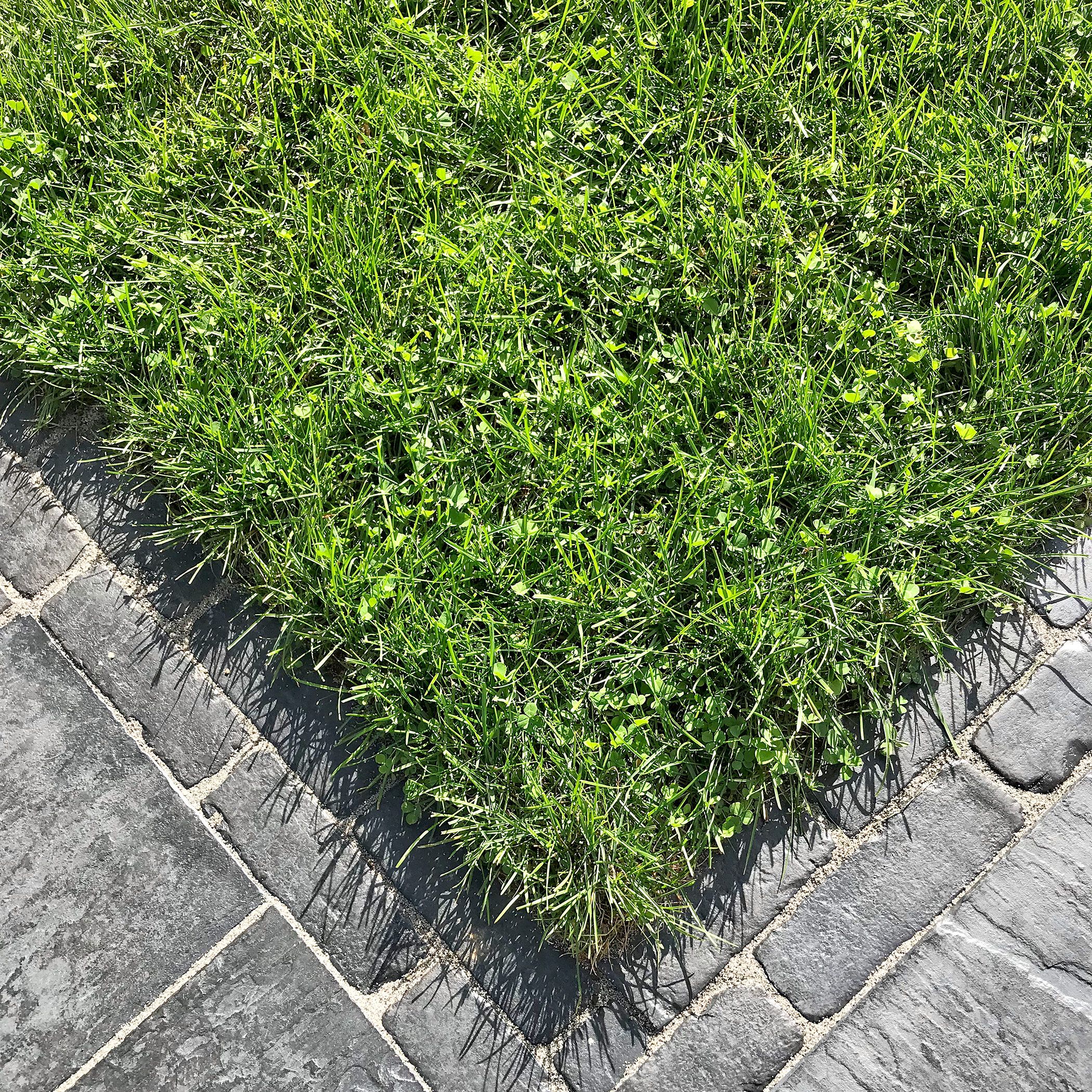
Reduce your lawn’s reliance on chemicals by incorporating Microclover, a dainty version of clover with smaller leaves and fewer flowers. Overseed established lawns in early spring with 1–3 pounds of seeds per 1,000 square feet. Microclover can help eliminate the need for fertilizer by fixing nitrogen in the soil. It’s available as a sod mix (Sodco) or seed (Seed Ranch).
Gradually transition to a more eco-friendly lawn by incorporating other low-maintenance ground covers such as ajuga or creeping jenny. Regularly mow your lawn to encourage healthy growth and reduce the spread of weeds.
Support Your Yard’s Floppy Plants Before They Wilt
You can buy decorative plant stakes or create your own using bamboo poles and twine. Group plants with similar growth habits together for mutual support, and water and fertilize regularly to support strong growth and resilience against flopping.
“The first rule is to stake before plants need it, and the second is to do it so you can’t see it,” Reed says. Prevent plant flopping with these techniques:
- Place grow-through supports in early spring when perennials such as peonies and salvias are about a foot tall.
- Use the “pinching” technique for summer and fall bloomers: cut them back by a third in mid-May to encourage more flowers and stronger, shorter stems.
Skip Sun-Scorched Containers for Your Yard
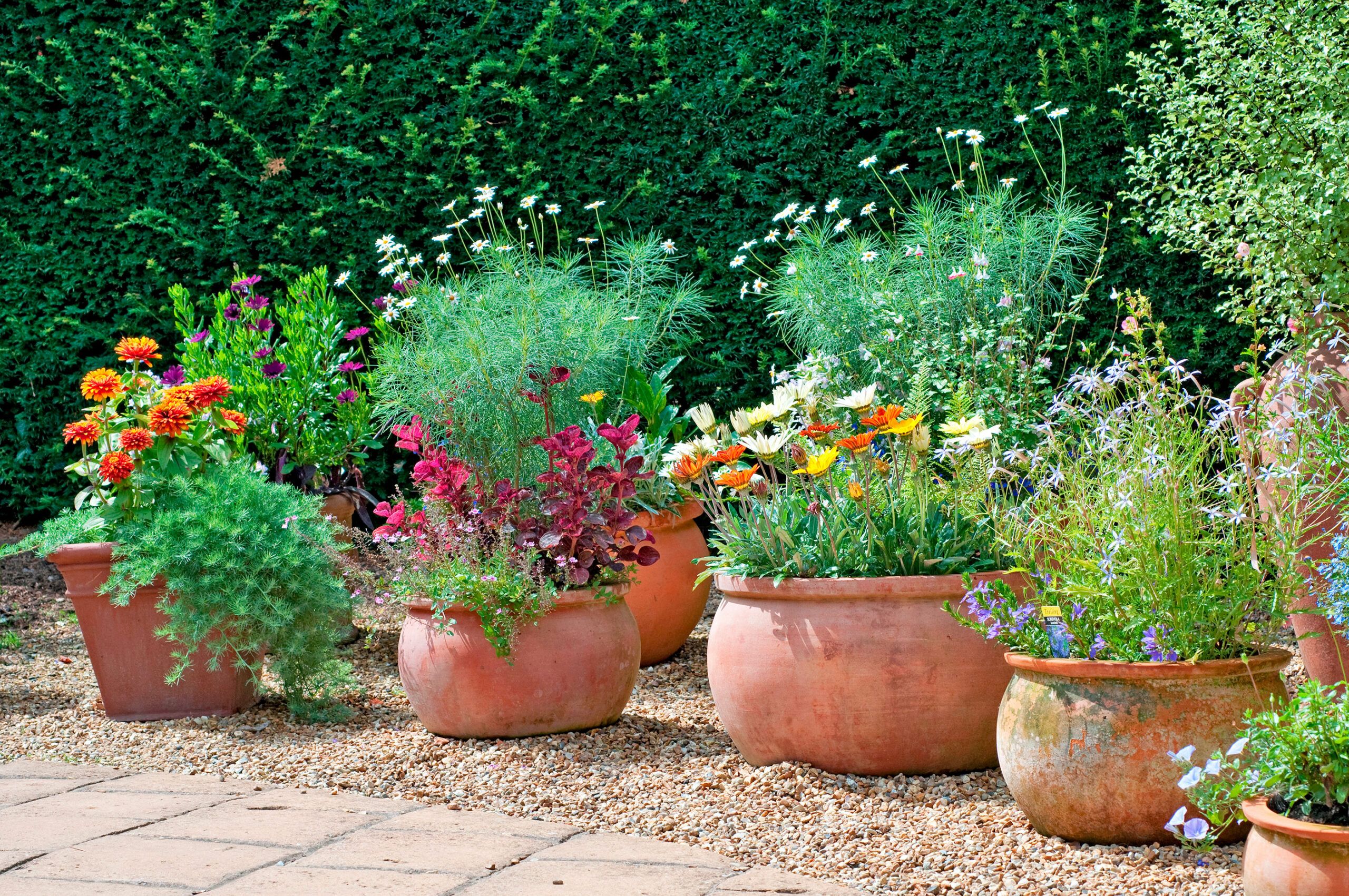
Implement a drip irrigation system for your container plantings to save time and money. We recommend using a starter kit designed for containers and a digital faucet timer to automate daily waterings. Run drip tubing up through container drainage holes for a cleaner look.
Use one dripper for 10- to 12-inch-diameter pots, two for 14- to 20-inch pots, and three or more for containers over 24 inches. Water planters for 45–60 minutes daily, adjusting as needed based on temperature and soil moisture.
Using water-retention crystals in the soil can keep your plants hydrated longer.
Make Deadheading Easier in Your Yard
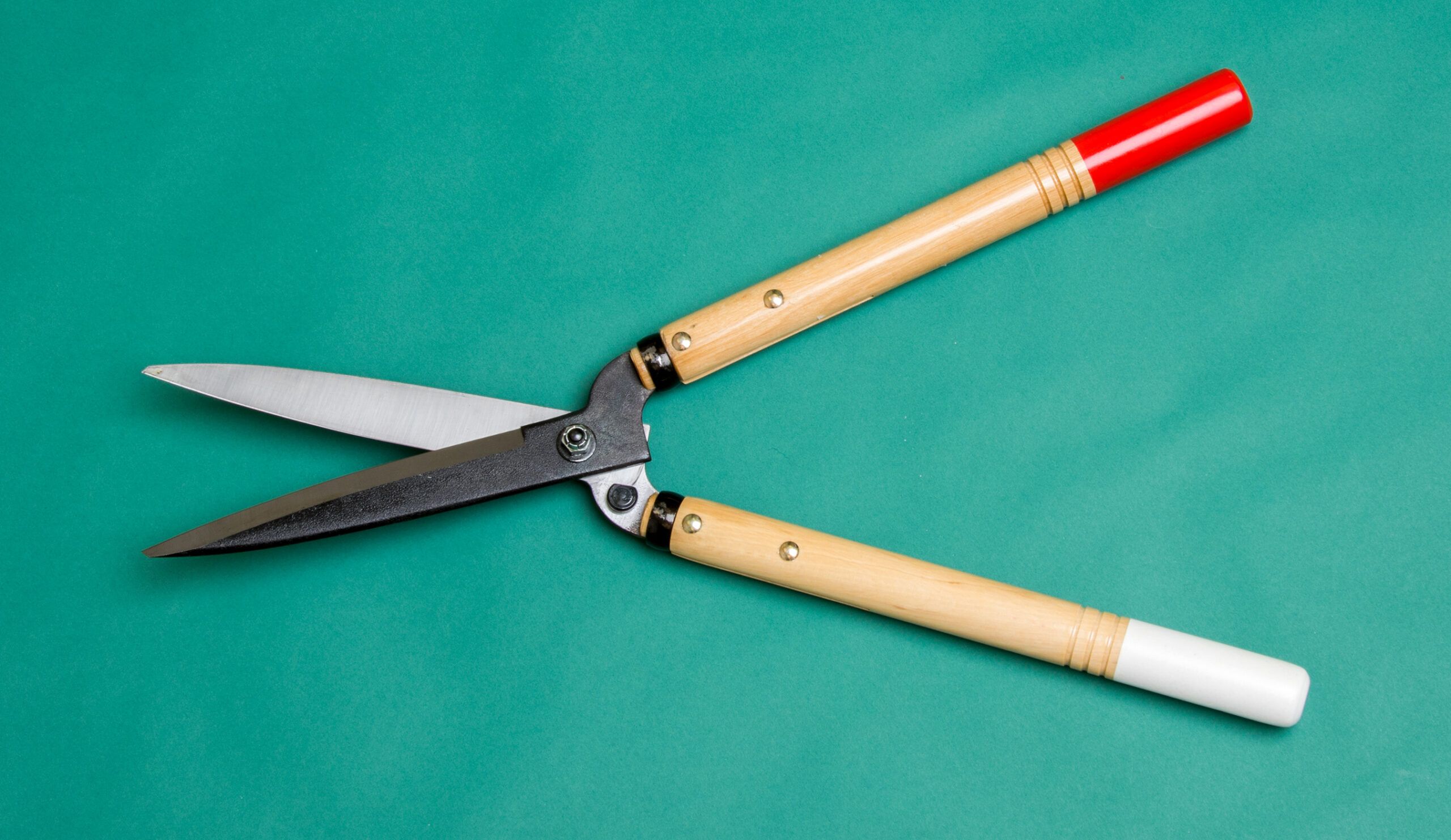
Simplify deadheading with the following strategies:
- Choose perennials with attractive seed heads, such as nigella, goldenrod, wild roses, and coneflowers, to reduce deadheading needs.
- Implement a regular deadheading schedule to encourage blooming throughout the season.
- Leave some seed heads to provide food for birds and winter interest in your garden.
- Plant in mass groupings for quicker maintenance using hedge shears.
- Use sharp, high-quality shears. Garden designer Tracy DiSabato-Aust likes her Japanese-made Okatsune shears (shown).
Get a Flowery, Full Look for Your Yard on a Budget
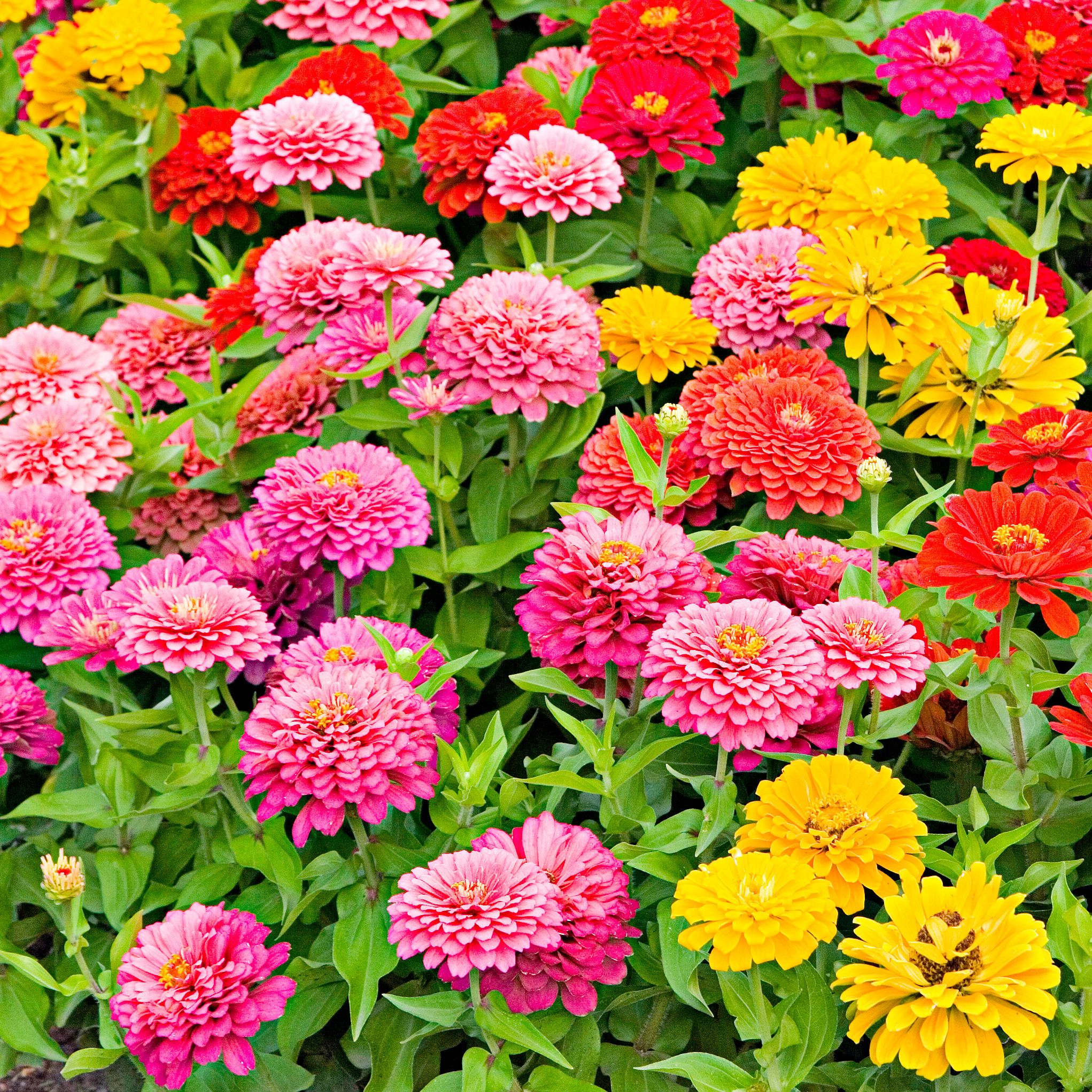
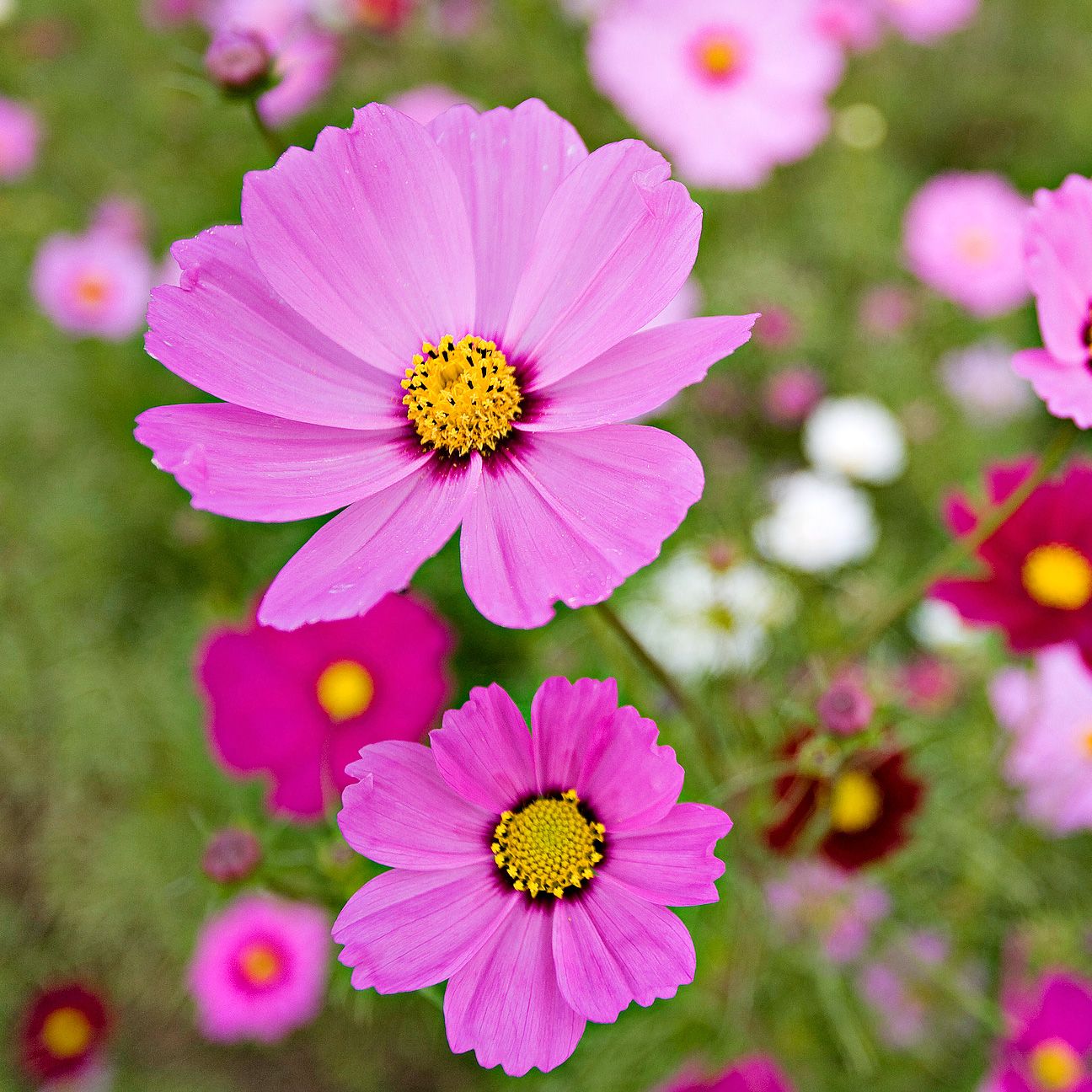
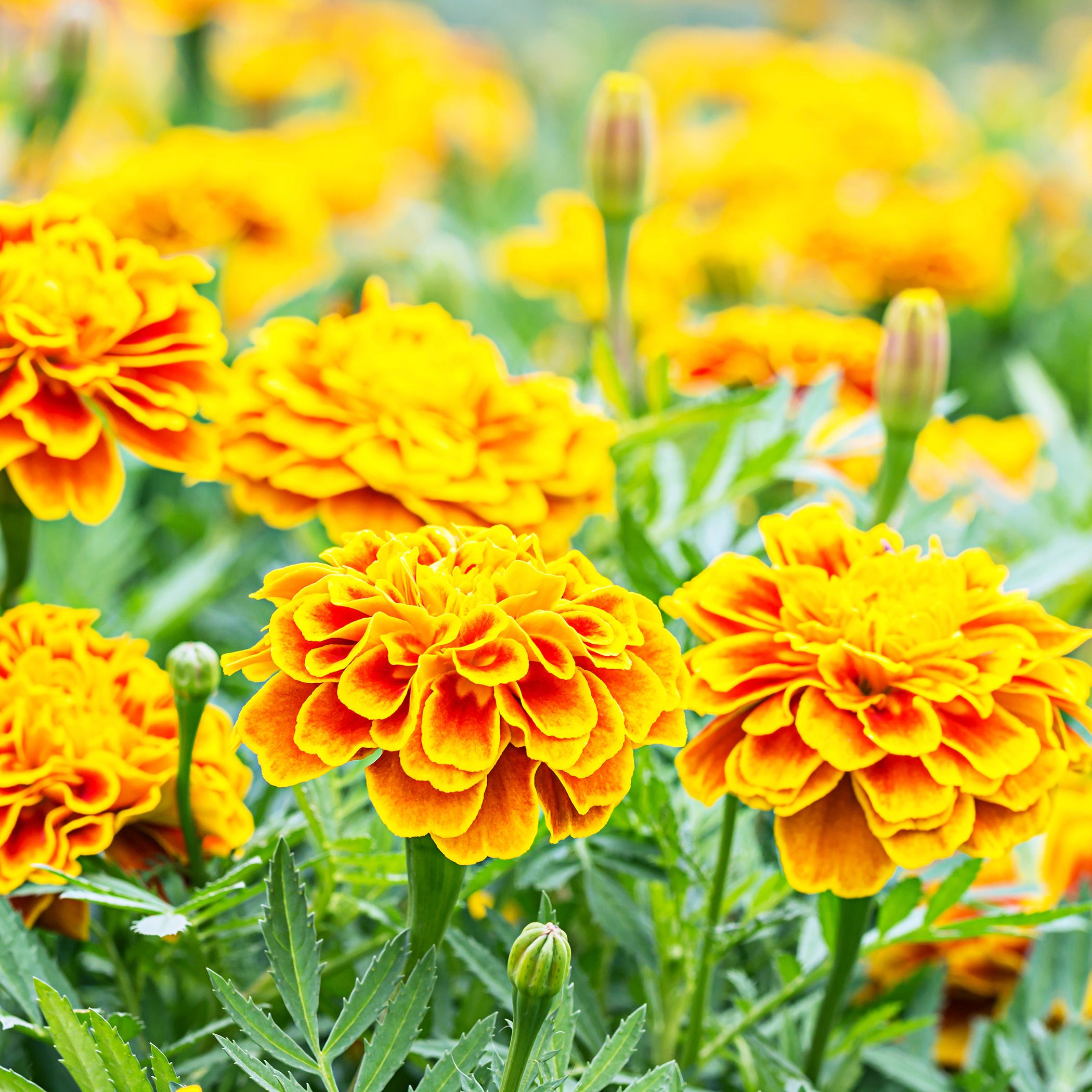
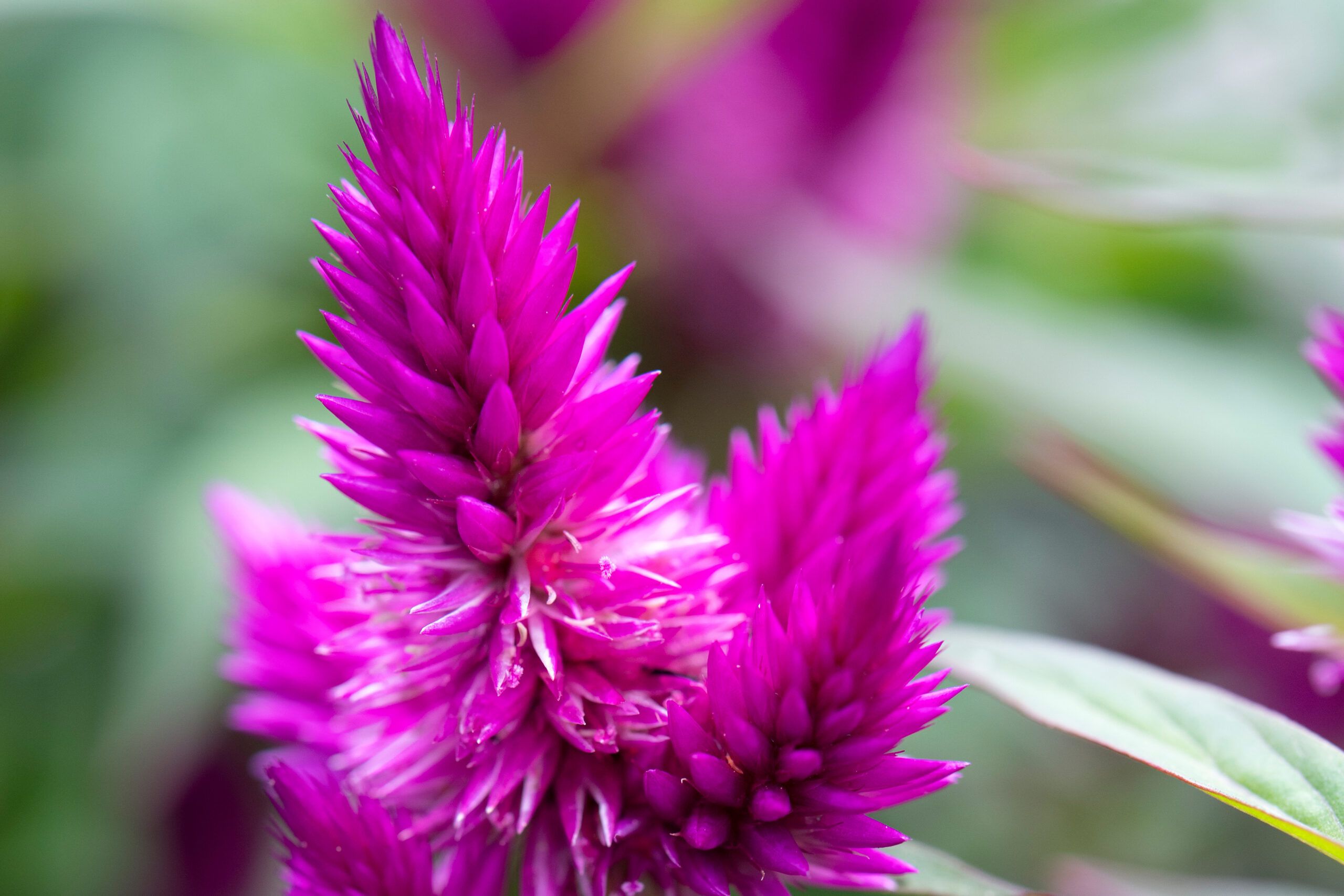
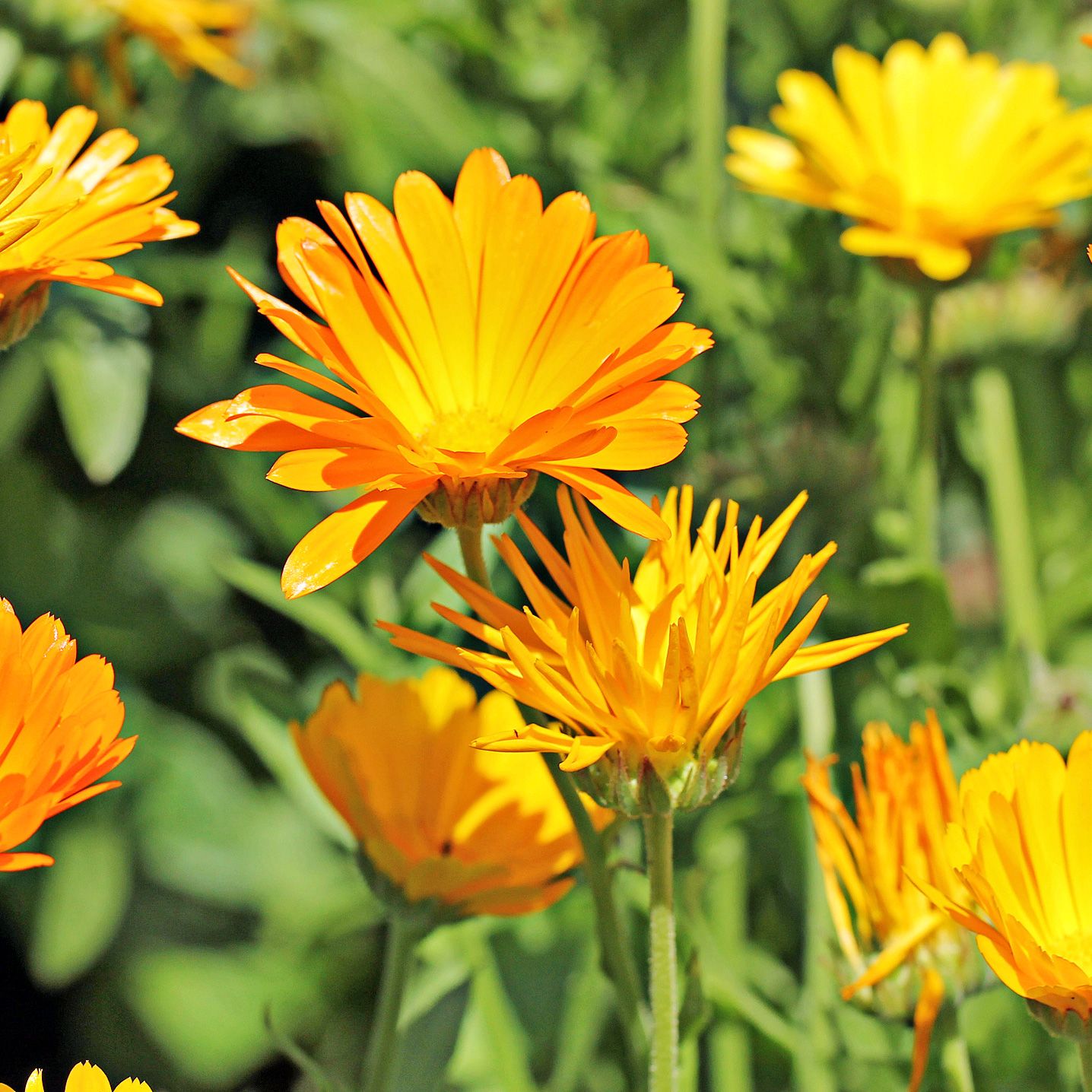
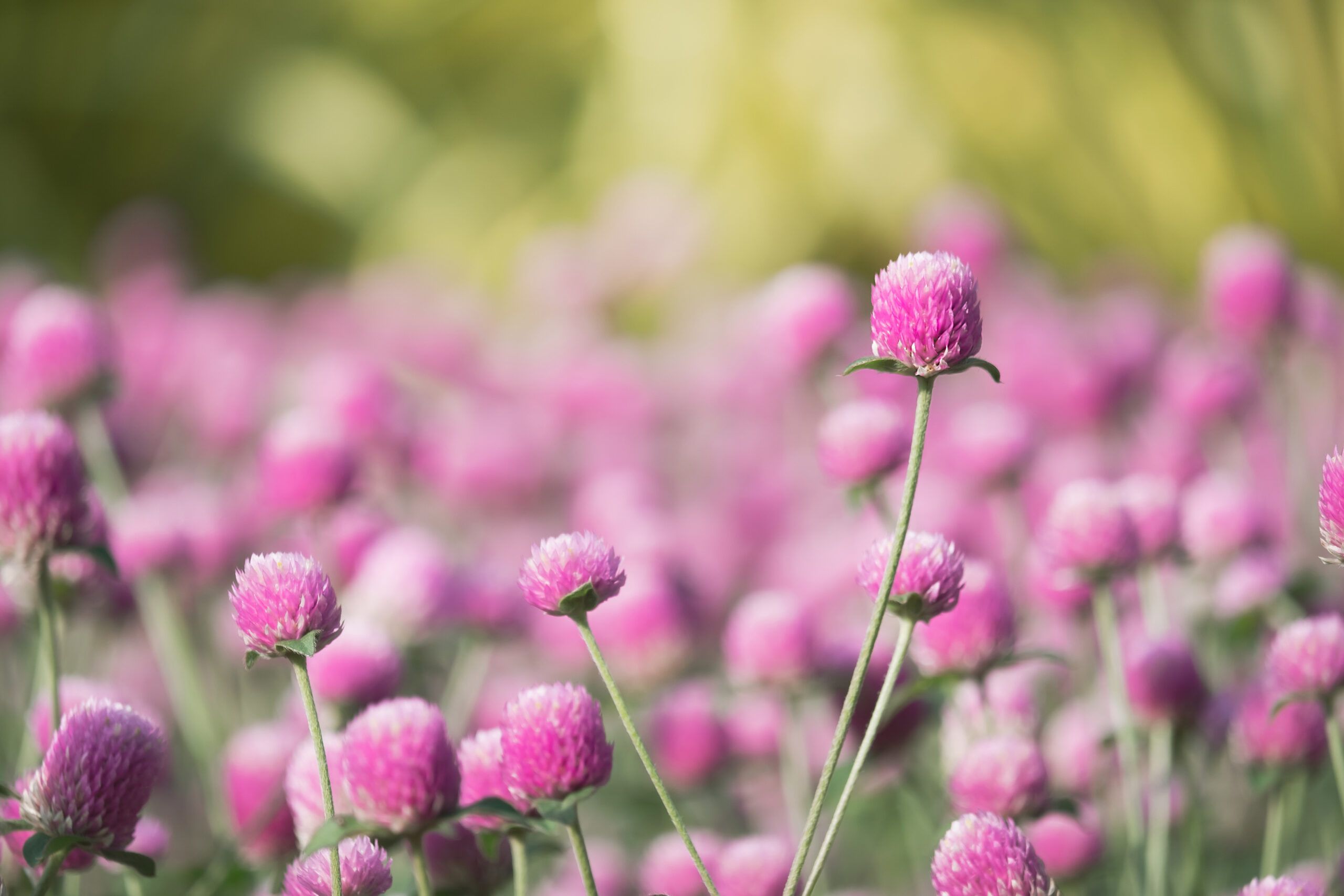






Grow annuals from seed to create a lush garden on a budget. Plant sun-loving “cut-and-come-again” annuals in gaps between perennials. Choose easy-to-grow varieties such as zinnias, cosmos, marigolds, sunflowers, calendula, and nasturtiums. In the Blithewold gardens, Read grows tulips in these planting gaps, then swaps in summer-blooming annuals. Start seeds indoors or direct sow, depending on the variety and your climate.
Save seeds from your annuals at the end of the season to replant next year, or swap plants with friends or neighbors to diversify your garden without spending extra money.
Design a Stimulating Yard
Create an exciting outdoor experience by considering all five senses. Consider incorporating the following:
- Attractive landscaping
- Comfortable seating
- Edible plants, such as berry-filled patio pots
- Fragrant plants such as lavender, “David” phlox, and “Gilt Edge” silverberry
- Outdoor speakers or wind chimes
- Plants with interesting textures
- Water features or plants that attract songbirds
Embrace Shade in Your Yard
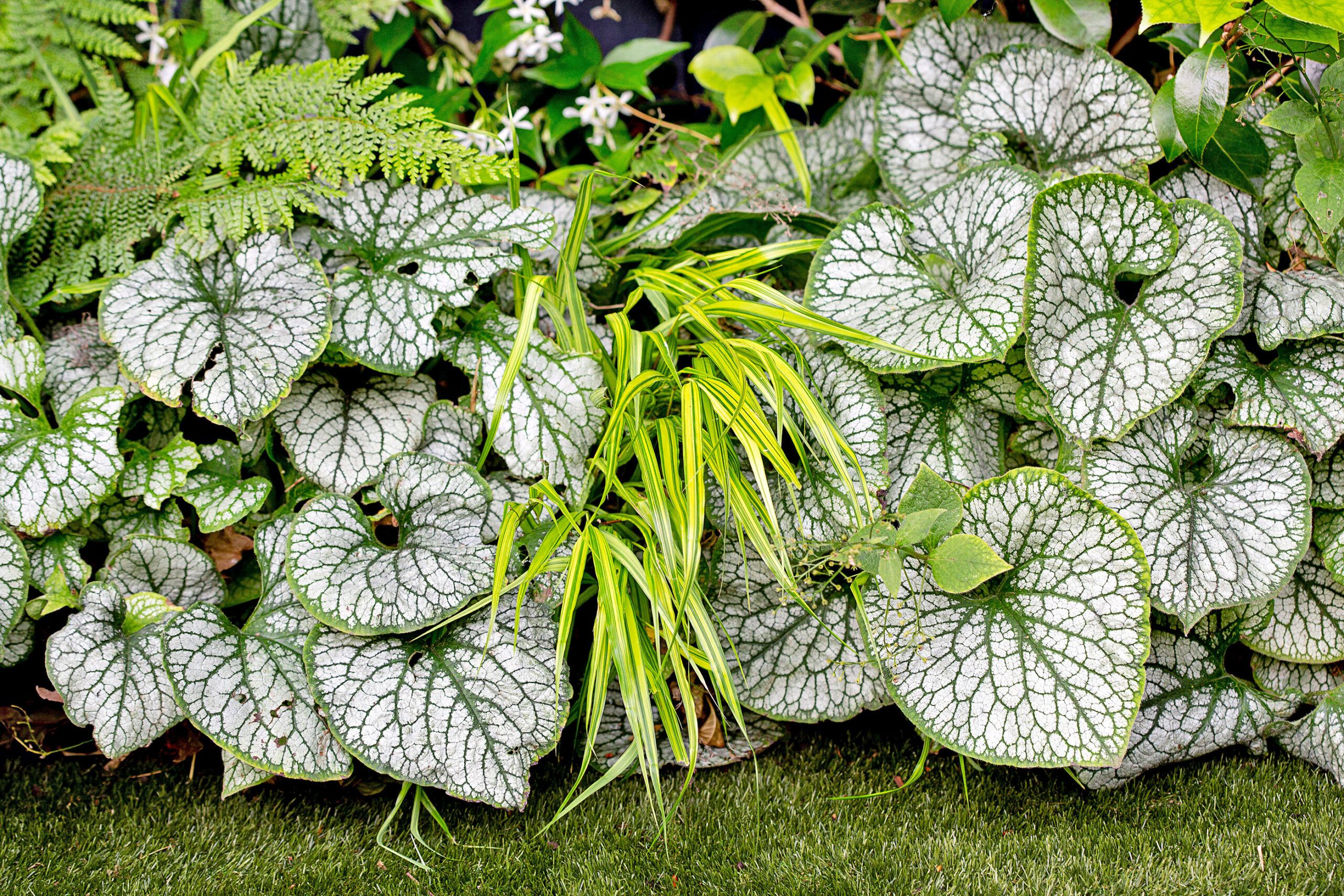
Transform shady areas into inviting retreats using white, silver, and gold foliage plants. We like this color palette because all the shades seem to glow in shady corners. Try combinations such as “Little Honey” oakleaf hydrangea, white-flowering bleeding heart, and blue hostas edged with variegated “Jack Frost” brunnera (shown above).
Incorporate shade-loving ground covers to reduce maintenance and add visual interest. Use stepping stones to create a pathway through your shade garden and add a comfortable seating area to create a cool summer hideaway.
Give High-Traffic Zones in Your Yard Extra Care
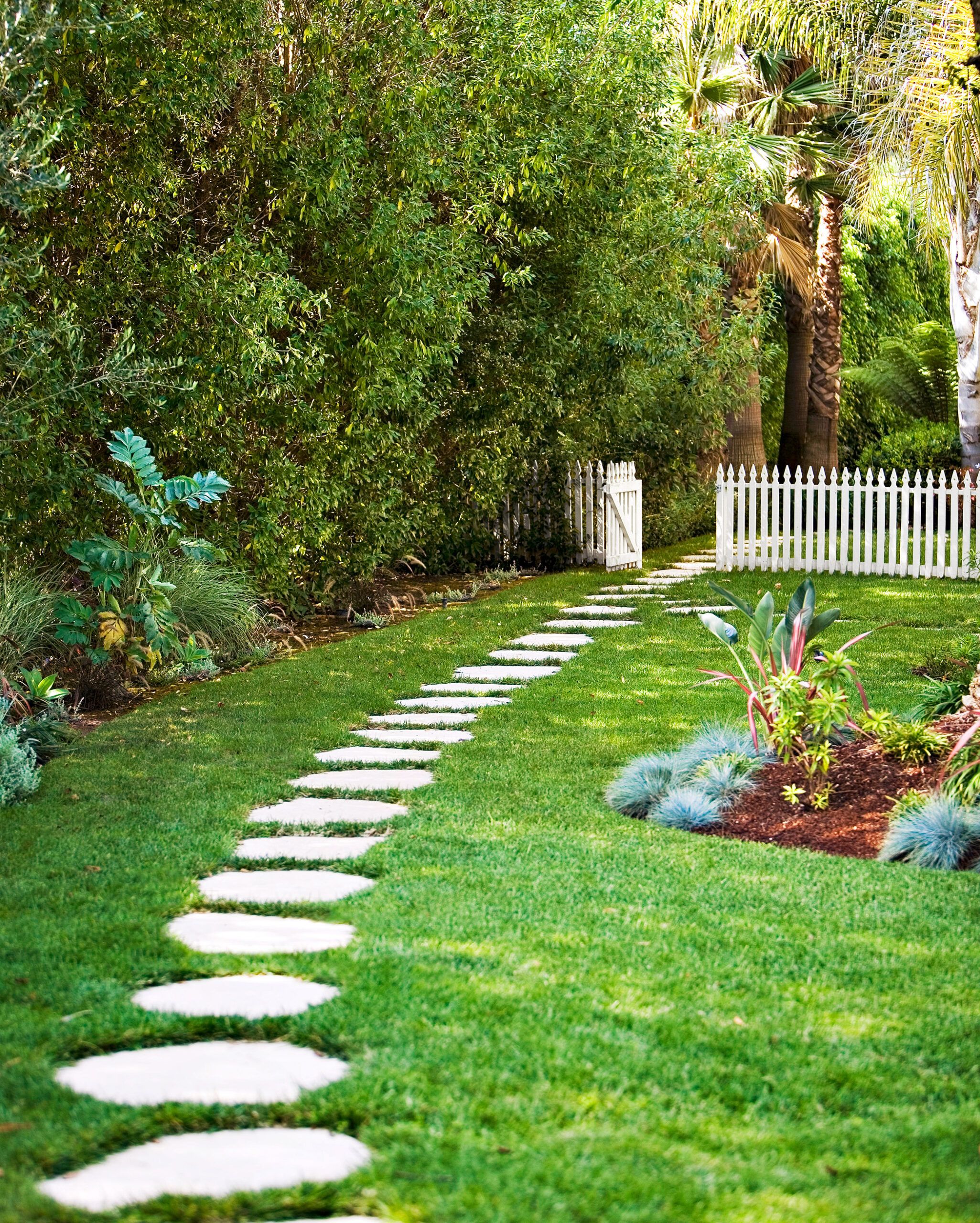
Create functional and attractive pathways in high-traffic areas with the following methods:
- Use flagstone stepping stones surrounded by lush turf for a natural look.
- Plant tough ground covers such as Scotch moss, blue star creeper, or “Chocolate Chip” ajuga between stones.
- Design paths that draw the eye deeper into the landscape.
- Consider using permeable materials to improve drainage and reduce runoff.
- Install pathway lights to enhance safety and ambiance during evening strolls.
